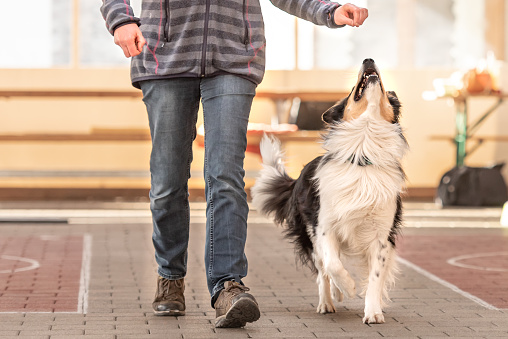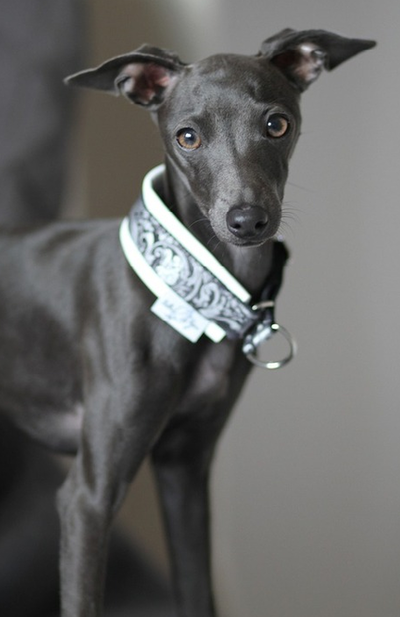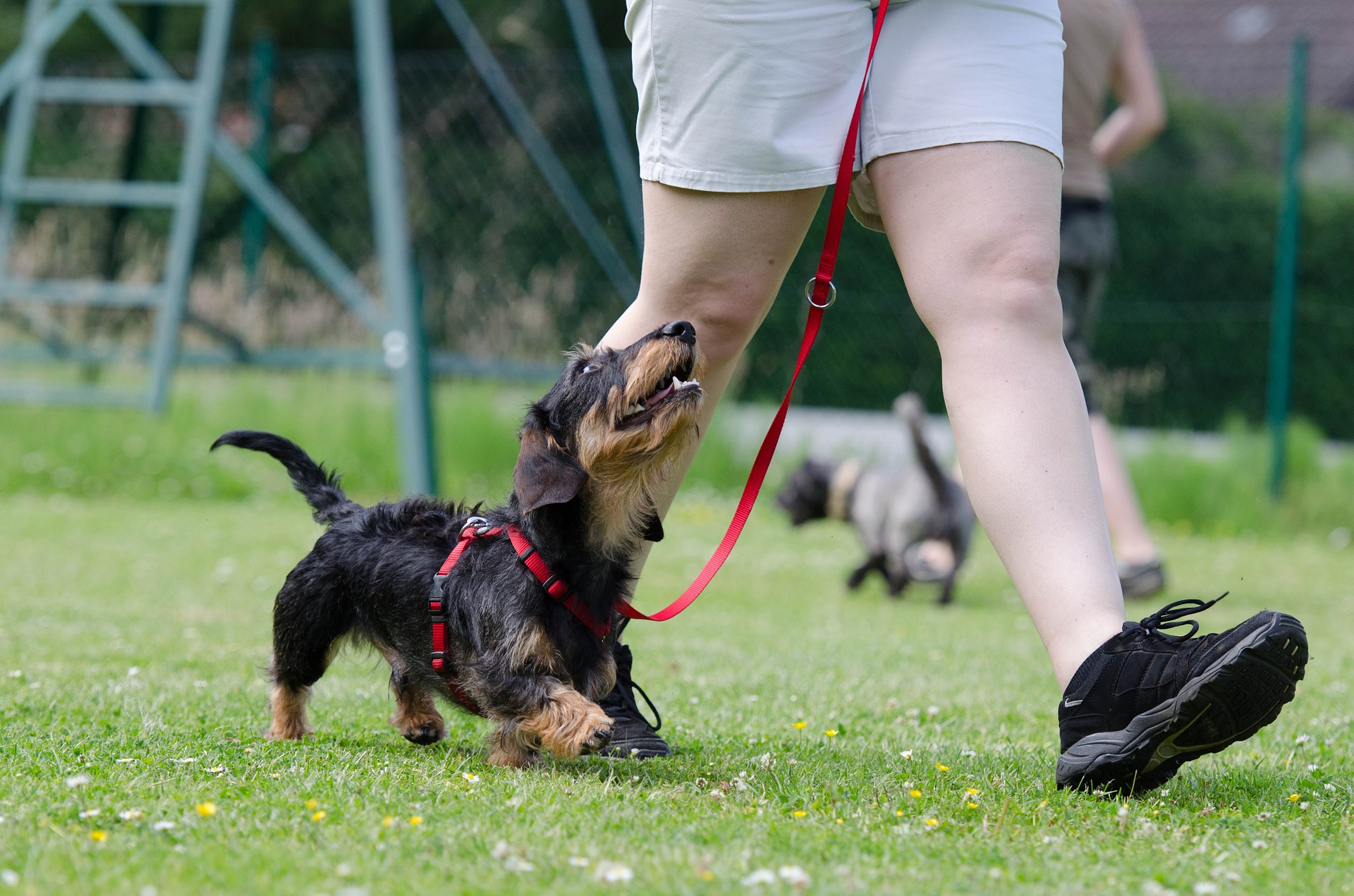
What is the Canine Good Citizen Test?
The AKC’s Canine Good Citizens (CGC) test is a training program that aims to train dogs of any breed or age the basics of good manners and obedience. It consists of 10 skills that your dog must be able to master which will teach them to be mannerly and be a great bonding experience with their owner.
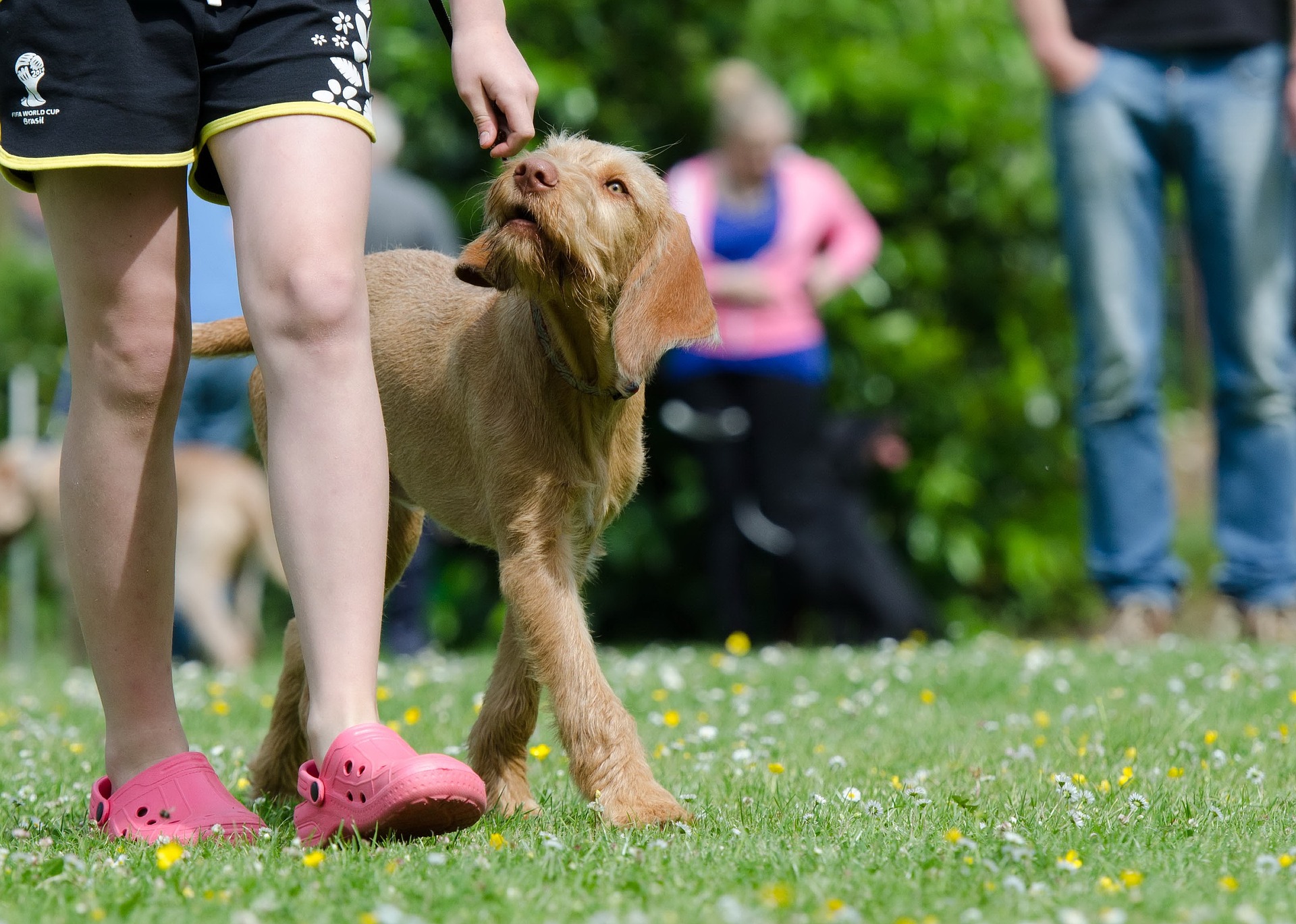
Once all 10 skills have been mastered, your dog will earn a Canine Good Citizen award. Your companion will also be a respected member of your community as they will have been trained to act accordingly in all situations and places like at home, in public places, and around other dogs.
Who Can Participate in the CGC Test?
Any dog of any pure breed or mixed breed or age can participate in the CGC test. There is another program called AKC S.T.A.R. Puppy, for younger dogs as it is much different training a dog than it is training a puppy.
However, out of control or aggressive dogs are not allowed to attend. Only one handler is allowed per dog and children from over the age of 6 are allowed to attend. Any child under the age of 18 must be supervised by an adult but the whole family is allowed to be there.
So, in conclusion, anyone can participate in the CGC test.
Where Do You Take the Canine Good Citizen Test?
Your local American Kennel Club (AKC) will provide you with the information you need about where to take the CGC Test in your community. Other clubs will also cover the same skills as the CGC test although it may not actually be called the Canine Good Citizen test.
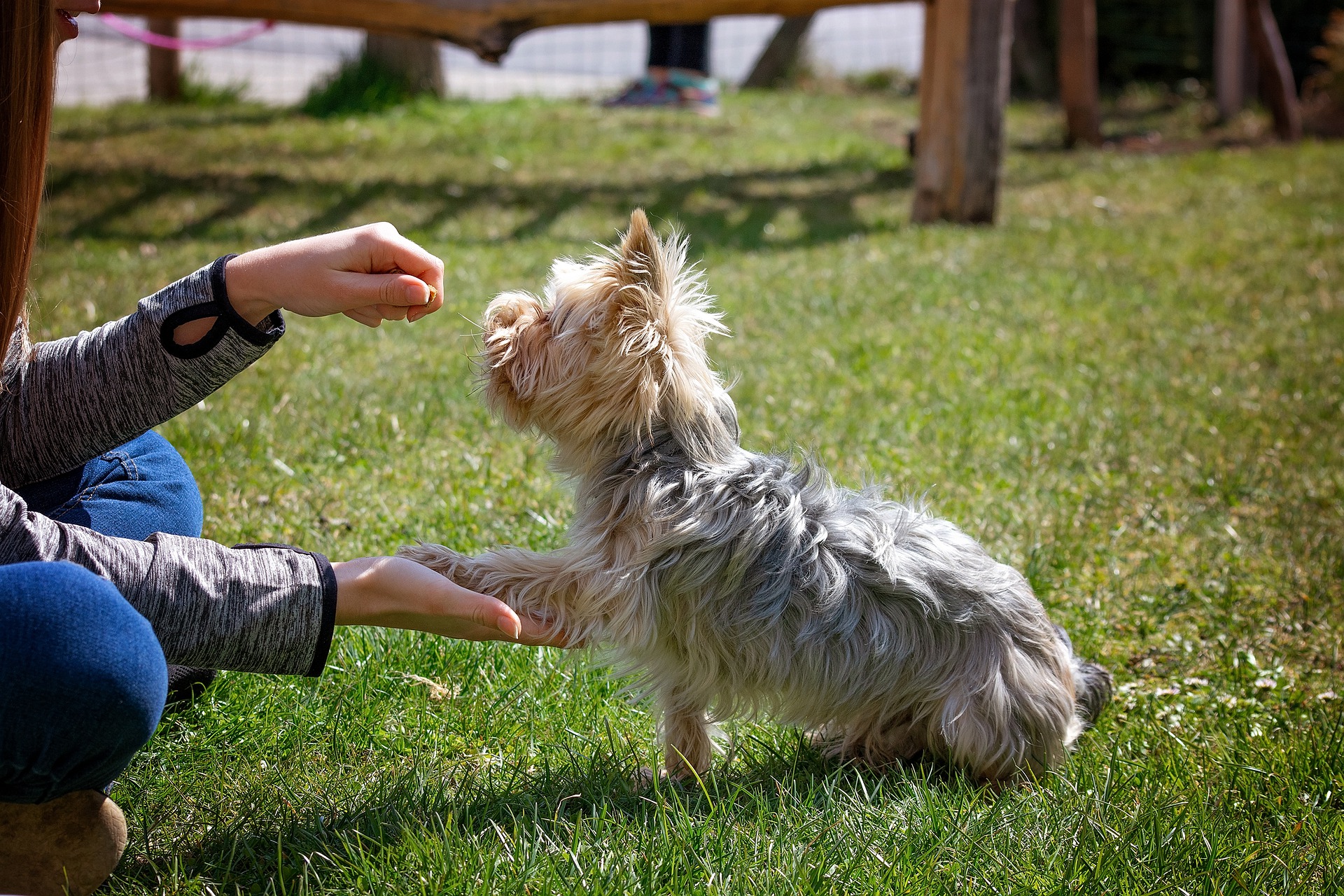
The course is only able to be certified by the AKC, nowhere else.
Preparation and Training
1. Responsible Dog Owners Pledge
Before your dog even begins any of its training or activities, the very first step is about you as the owner! When you meet your evaluator, you will be given the CGC Responsible Dog Owner pledge which you must read and sign. This pledge states that you are aware that for your dog to be a successful Canine Good Citizen, it must have a committed and responsible owner. You should be willing to do whatever it takes to make sure your dog is a great companion and member of the community. You agree that:
• you will be responsible for all your dog's health needs,
• you will be responsible for your dog's safety,
• you will not allow your dog to infringe on the rights of others,
• you will be responsible for your dog’s quality of life.
2. How to prepare yourself and train for the CGC test
In order to be successful in the Canine Good Citizen test, you should always be practicing basic obedience skills. If your dog is unable to do basic obedience skills, they are not ready to take the CGC test. Start training your dog these skills from a young age so they are well used to them by the time you are training them for the test.
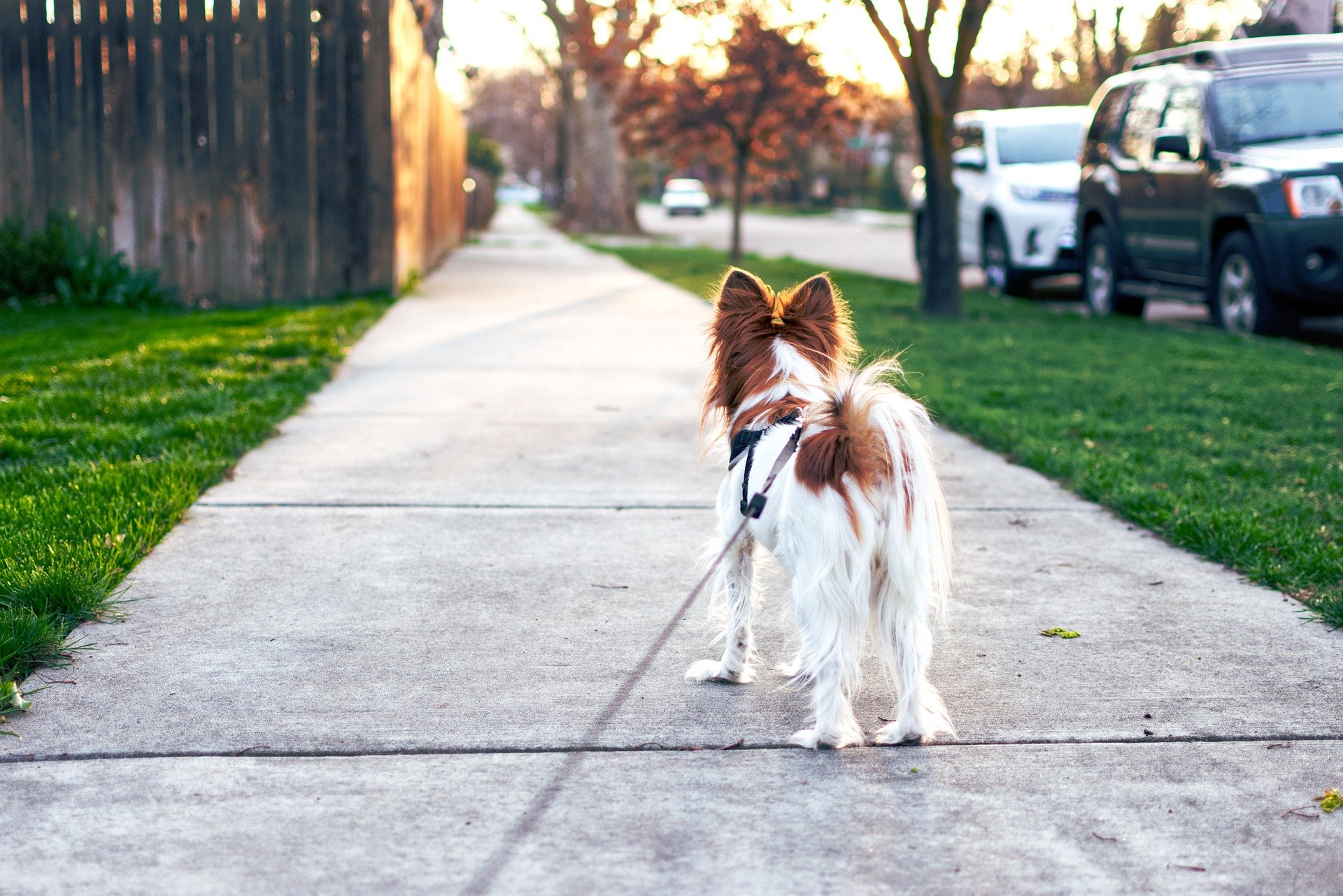
Familiarize the test with your dog. Begin training your dog on the skills that are on the test at home before you decide to do the classes (if you aren’t just doing the test itself). This will be very useful for you and your pup as everything won't be new to them and they will catch on and learn much faster when they know what they are meant to be doing.
Taking the CGC Test
Once you have signed the pledge and trained, it’s time to take the test.
What’s on the test?
Canine Good Citizen consists of 10 behaviors:
• Accepting a Friendly Stranger
The evaluator will walk up to the owner, ignoring the dog, and greet them in a friendly manner. They will shake hands and the owner will speak back like it is a casual situation. The dog must show no interest, shyness, resentment or aggression, etc. If the dog can complete this test, it will demonstrate that the dog is able to allow a friendly stranger to approach the owner at any time.
• Sitting Politely for Petting
In this test, the dog should be able to sit still while being pet by the evaluator. The owner should talk to the dog during this exercise. The dog should show no shyness or resentment in this test. This will demonstrate the dog is able to allow a friendly stranger to pet them when they are with their owner.
• Appearance and Grooming
The evaluator must inspect the dog's appearance, making sure they are in healthy condition and they appear to be clean and well looked after. The evaluator will also comb the dog with a brush supplied by the owner while examining the dog's weight, paws, and under ears. The dog does not need to stay in one position during this test and the owner is allowed to praise them throughout. This exercise will demonstrate that the dog is capable of allowing a groomer, a veterinarian or a friend to examine/groom them.
• Out for a Walk (walking on a loose lead)
During this exercise, the dog should be on a leash on either side of the owner. The dog should constantly seem attentive to the handler’s commands and should be responding to any movements. In the test, there should be a least one right turn and at least one left turn, one complete turnaround, and one stop (as well as the stop at the end). This will demonstrate that the owner has control of the dog when on the leash.
• Walking through a crowd
In this test, the owner must walk the dog past a few people (at least three). The dog is allowed to show a little interest in the people as they walk by but should never stop walking by the handler's side. The dog should never jump on any of the people and should never show signs of shyness or resentment. This will show that the dog is capable of walking through a crowded public place and still be on best behavior. It will also show the owner has constant control.
• Sit and down on command and staying in place
Before beginning this exercise, the dog's leash must be replaced with a 20-foot-long line of some sort. The dog must then be instructed to sit or down (purely down to the owners' choice) and when instructed by the evaluator, the owner must tell the dog to stay, then walk away and return but at a normal pace. The dog is allowed to change position during this exercise. This will demonstrate that the dog is well trained and will listen to the owner when told to sit in place for a certain amount of time.
• Coming when called
In this test, the owner walks at least 10 feet away from the dog. They should then face the dog and call them to come, using encouragement if needed. This will demonstrate the dog will come to the owner when called to do so.
• Reaction to another dog
Two dogs and their owners should approach each other, keeping a distance from 10-20 feet. The owners may talk for a minute, shake hands etc. The dogs may only show a slight interest in each other. Never should they go over to each other and each other's owner. This will demonstrate the dog is able to behave appropriately and politely around other dogs.
• Reaction to distraction
During this test, the evaluator chooses 2 distractions to test the dog with, for example dropping something or rolling something in front of the dog. The dog is allowed to show natural interest, but it should never become too scared, try to run away, bark or show aggressiveness. This will show the dog is capable of facing common distractions.
• Supervised separation
In this test, the evaluator will take the dog on the leash and the owner will disappear for around 3 minutes. The dog may show slight signs of nervousness or agitation, but shouldn’t whine, bark or cry. The evaluator may talk to the dog and the dog does not need to stay in one position. This will show the dog is able to be left with a trusted person and still continue to behave well trained.
How to Find an Evaluator or CGC trainer
Your community AKC should provide you with a trainer/ evaluator for the test, of your current trainer is not familiar with CGC. You can also email [email protected] for more information.
Can you talk to your dog during the CGC test?
Yes, if necessary. Some of the exercises in the test require the owner to speak to the dog, but you should always make sure you are allowed to before speaking.
How long does the test last?
The course itself lasts 6 weeks to cover the 10 behaviors needed to pass the test. The training should last more than 6 weeks though to ensure your dog is completely ready and able.
What if your dog fails the CGC test?
If you fail the test, it is most definitely not the end of the world! Continue to train on the parts that caused you to fail to perfect it, and repeat the test again. You do not need to go through the whole 6-week class course as it was already done before, but you can if you want.
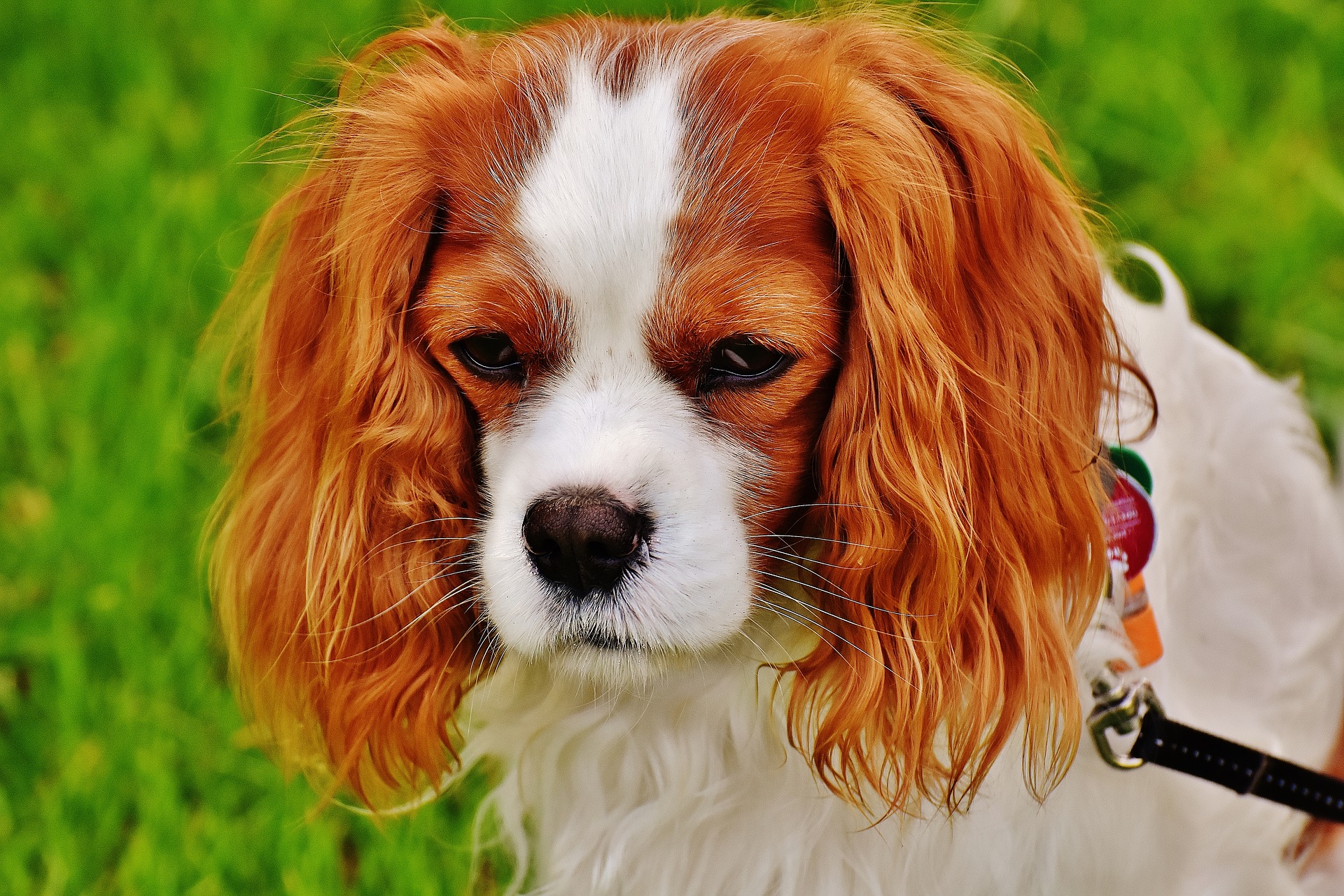
What comes after the Canine Good Citizen Test?
After you have passed the CGC test, some families like to participate in more advanced levels of the CGC program. These include AKC Community Canine, AKC Urban Canine Good Citizen, and more.
Your dog will receive a certificate as a reward for completing and passing all 10 tests. You can also add CGC to your dog’s title, this will cost $25 to process.





